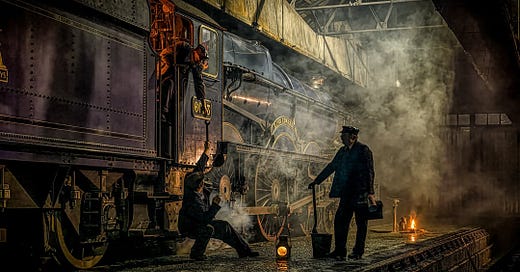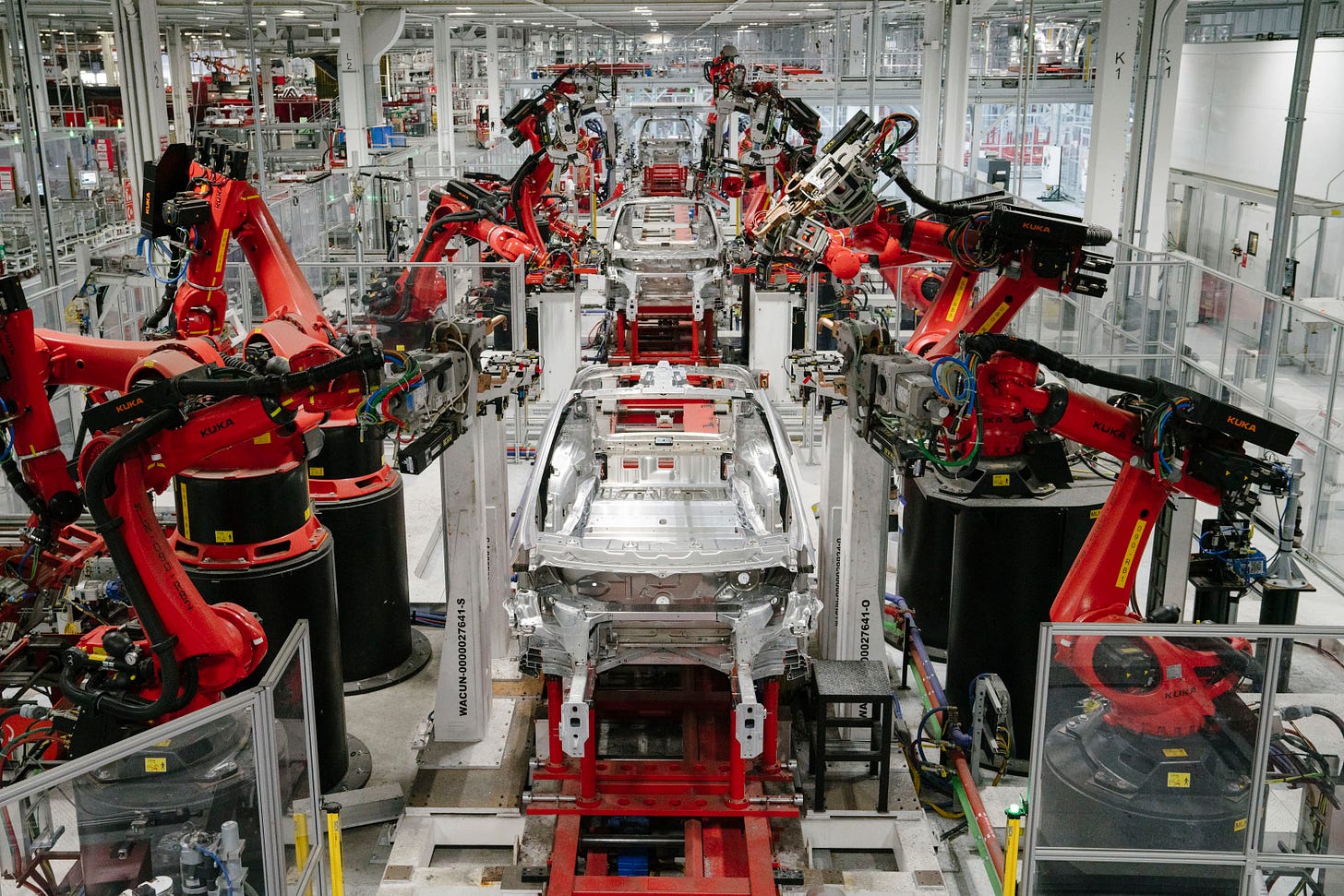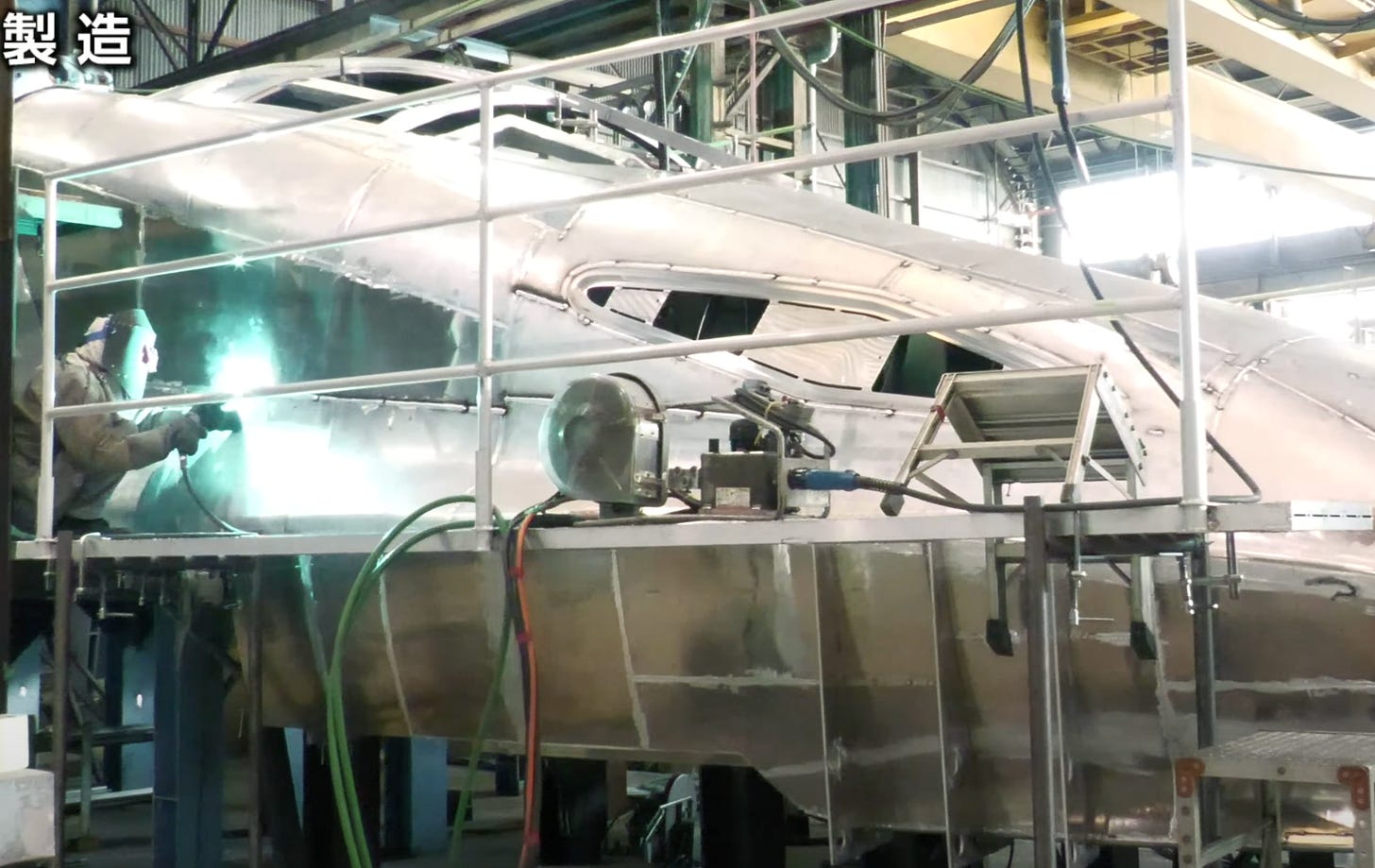We need to change how we make trains
Watching a video of a Shinkansen train being built is like watching a nightmare unfold…
In 2024, we’re still making trains as if it’s the early 20th century. This process is painstakingly manual, with welders and skilled workers pouring in countless hours. It’s no wonder trains are so damn expensive and their pricing remains shrouded in secrecy. For instance, a single Shinkansen trainset can cost upwards of $30 million, and that’s without accounting for the additional costs of customization and regional specifications.
Unlike the car industry, which has embraced automation to cut costs and boost efficiency, train manufacturing is stuck in the past. This hands-on approach leads to skyrocketing costs, making trains less affordable and accessible. Every country, every region demands different specifications—track gauge, load capacities, and so on—forcing each train to be a near-bespoke product.
But the thing is that cars also have to meet various specifications and yet, the industry has found ways to standardize and automate. Imagine if we had a Model T for trains, a mass-produced model that could be customized as needed. It would revolutionize public transport, making trains cheaper and more widely available. Alas, this dream remains distant, as governments seem more interested in negotiating deals that include technology transfers and other concessions.
How are trains made?
The current state of train manufacturing is a relic of the past. Take a look inside a train factory, and you’ll see a process filled with manual labor. Skilled welders meticulously join pieces, while other workers handle the assembly, ensuring every component is perfectly in place. This reliance on human hands, while admirable for its craftsmanship, leaves much room for error and inefficiency.
Negotiations for new trains are a labyrinthine affair. Governments and train companies engage in protracted discussions, haggling over every detail. These deals often involve technology sharing agreements and various concessions, making the entire process convoluted and opaque. This lack of transparency in pricing is a direct consequence of the manual, bespoke nature of train manufacturing.
Contrast this with the automotive industry. Automated production lines churn out vehicles with robotic precision, reducing costs and minimizing errors. Standardization allows for economies of scale, making cars more affordable and accessible. The transparency in car pricing is a stark contrast to the murky waters of train deals.
So, what needs to change?
First, we must embrace automation in train manufacturing. Standardized models that can be mass-produced and then customized to meet specific needs would be a game-changer. This would drive down costs, making trains more affordable for public transport systems worldwide. Imagine a world where trains are as accessible as cars, with clear, public list prices.
Moreover, the negotiations need to be streamlined. Governments should focus on adopting standardized models that meet international benchmarks, reducing the need for drawn-out deals filled with concessions. This would increase transparency, allowing taxpayers to see exactly where their money is going.
It’s infuriating that the train industry clings to tradition at the expense of progress. The cost of maintaining the status quo is clear—expensive trains and opaque pricing. We need innovation and standardization to bring train manufacturing into the modern era. Until then, we’re left marveling at the skilled hands building our trains, knowing that with each weld, we’re paying the price for a system that desperately needs to evolve.
Imagine a future where trains are as affordable and ubiquitous as cars. A future where the manufacturing process is efficient, transparent, and innovative. This is not just a dream; it is a necessity for the wider adoption of public transportation. Until then, we remain stuck in the past, paying for an industry resistant to change.






